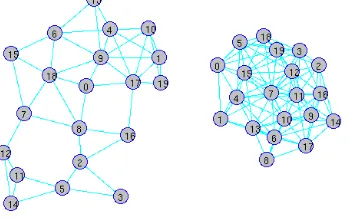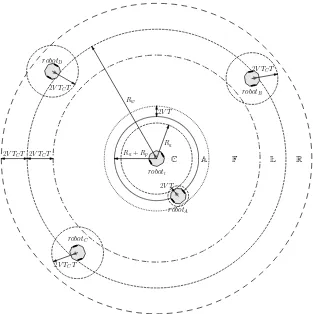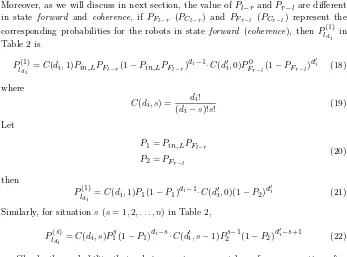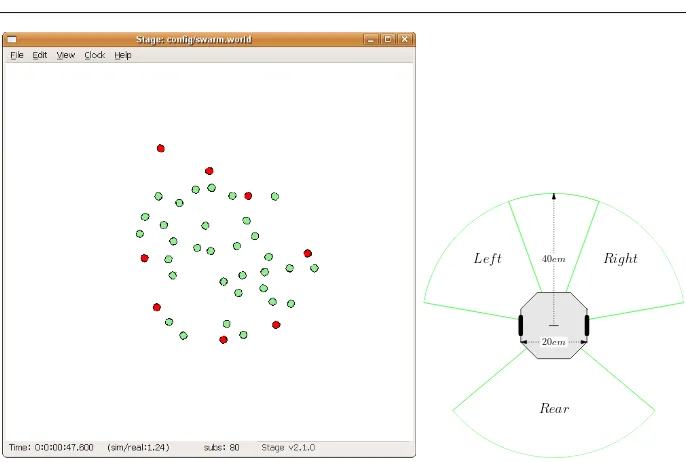Modelling a wireless connected swarm of mobile robots
Full text
Figure




Related documents
Experiments were designed with different ecological conditions like prey density, volume of water, container shape, presence of vegetation, predator density and time of
oportunidades para incorporación y permanencia en sistema nacional de educación, favorecer desarrollo de capacidades y singularidades humanas y de integración
The objective of this study was to develop Fourier transform infrared (FTIR) spectroscopy in combination with multivariate calibration of partial least square (PLS) and
The ability to create a consistent and complete view of data assets across the enterprise is becoming ever more paramount as councils seek to understand and make
innovation in payment systems, in particular the infrastructure used to operate payment systems, in the interests of service-users 3.. to ensure that payment systems
In this section, I outline conclusions that can be made from this piece of empirical research about using VIG to construct new understandings of resilience. The analysis of
In the xoz plane in the first section, the boundary layer formed on the end walls is similar to the boundary layer when flowing past the plate as a uniform flow, and





